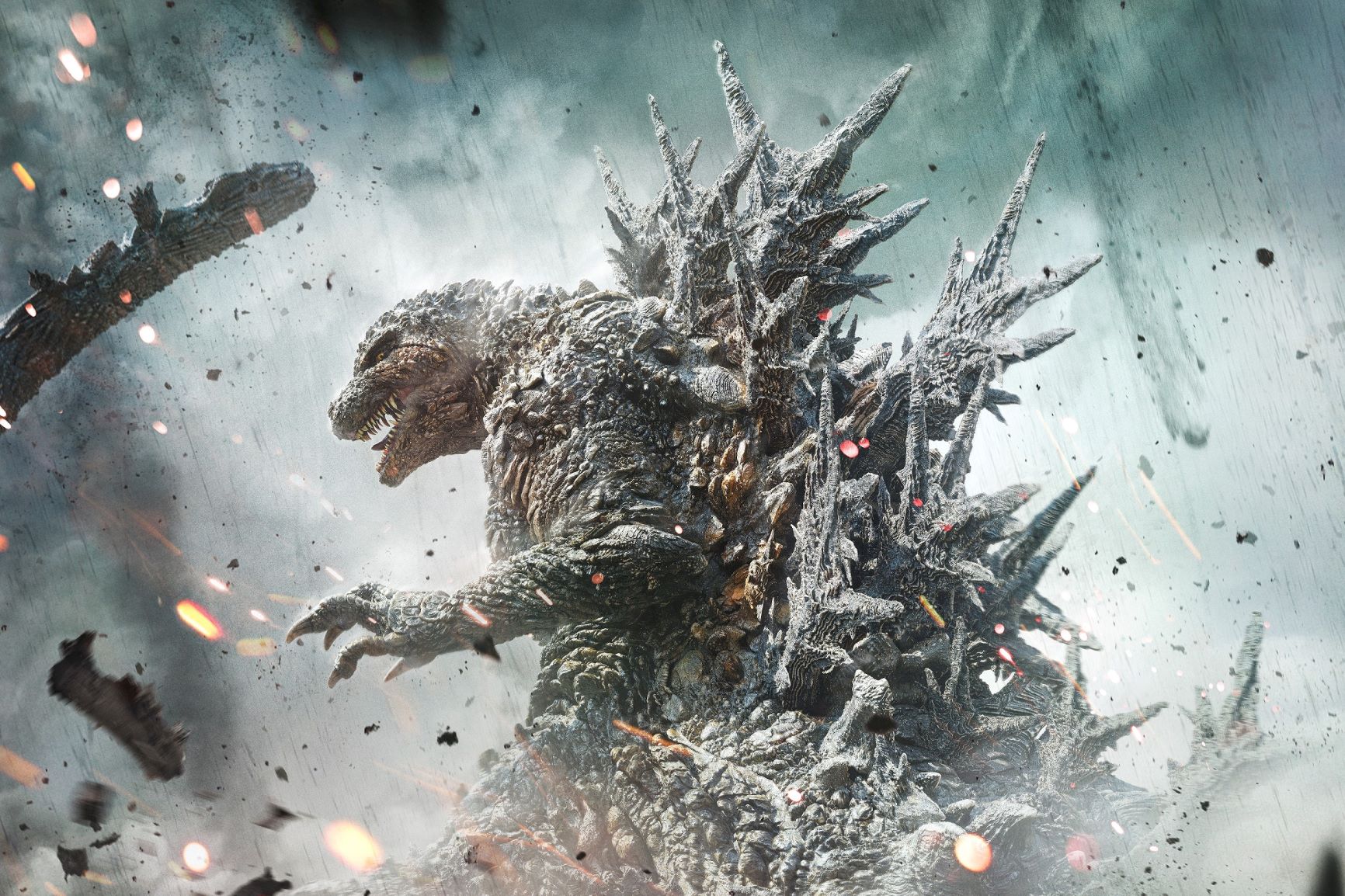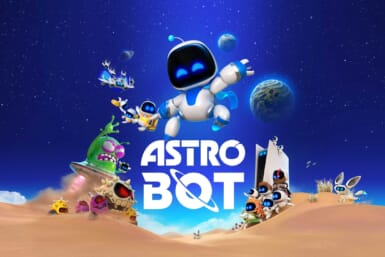On Sunday, Godzilla celebrated its 70th anniversary and fans of the franchise had even more reason to be cheerful following the news that a new movie has officially been confirmed. Toho Studios made the “emergency announcement” on X alongside a short video trailer. It was revealed that Takashi Yamazaki will be working as the writer and director, as he did for last year’s box office success, Godzilla Minus One. The title of the movie has yet to be confirmed and no other details, such as the names of any actors, were included in the video.
It’s also unclear whether the new movie will be a direct sequel to Godzilla Minus One. The third highest grossing film in Japan in 2023, it surpassed Shin Godzilla as the most successful flick in the famous Kaiju series. It also became the first ever Godzilla movie to be nominated for and win an Academy Award, picking up the accolade for Best Visual Effects. Set in Japan shortly after World War II, the 37th Godzilla film, starring Ryunosuke Kamiki, proved extremely popular with fans. Toho will be hoping for similar results from the 38th edition.

The History of Godzilla
The success of Eugene Lourie’s American science-fiction monster film The Beast from 20,000 Fathoms encouraged Toho to make something similar. Producer Tomoyuki Tanaka subsequently went to Indonesia in search of a co-production. However, the anti-Japanese sentiment there at the time made it impossible. Returning to Japan, Tanaka flew over Bikini Atoll, site of the Castle Bravo nuclear test which contaminated a Japanese fishing boat. The crew suffered acute radiation syndrome (ARS) and the chief radioman passed away a few months later.
This incident inspired Tanaka to create a monster born from nuclear testing. Known as “Project G,” he asked screenwriter Shigeru Kayama to come up with a story in May 1954. Six months later, Godzilla was released in Japan. Directed by Ishiro Honda, it received mixed reviews domestically. Then came the heavily re-edited Americanized version, Godzilla King of Monsters! in 1956. After being introduced to a worldwide audience, the prehistoric sea monster became a global phenomenon.









